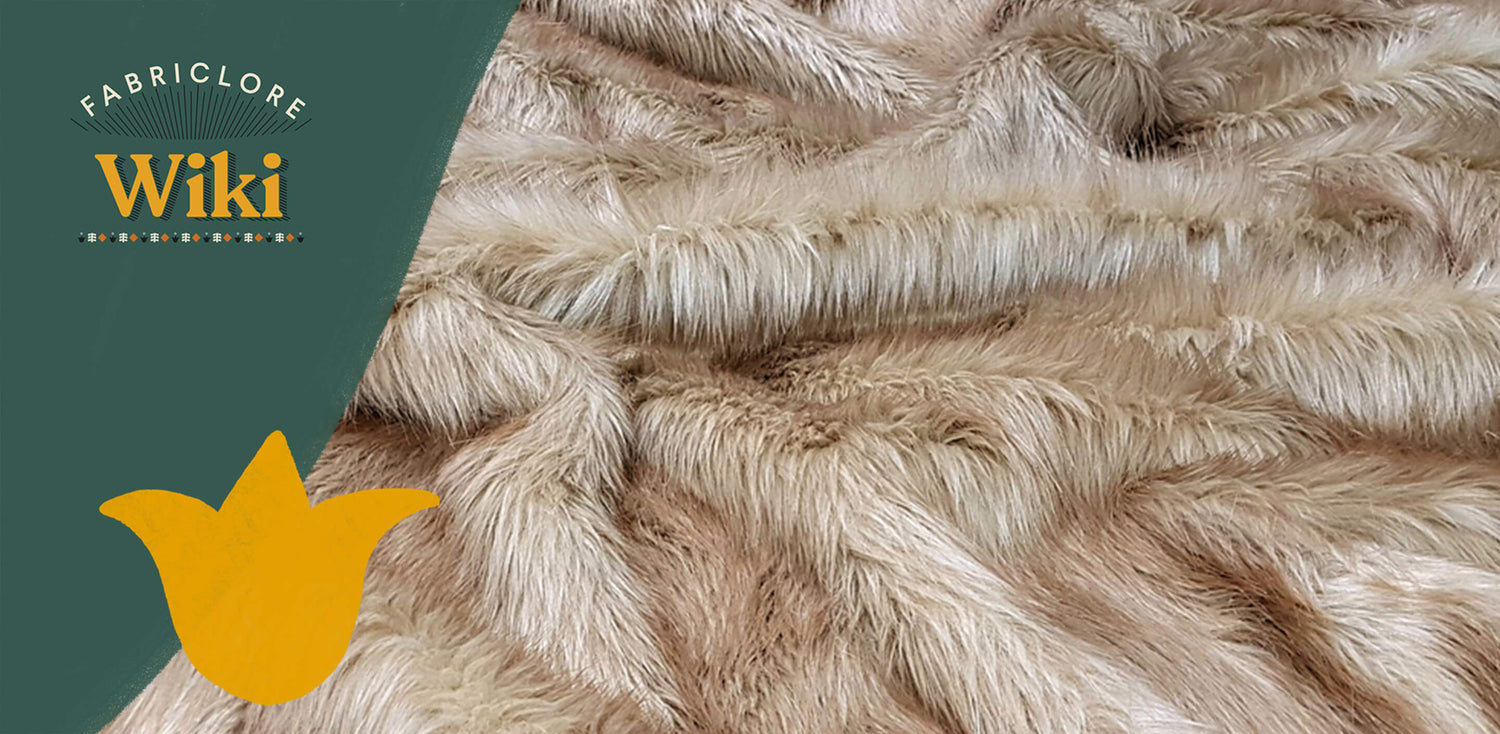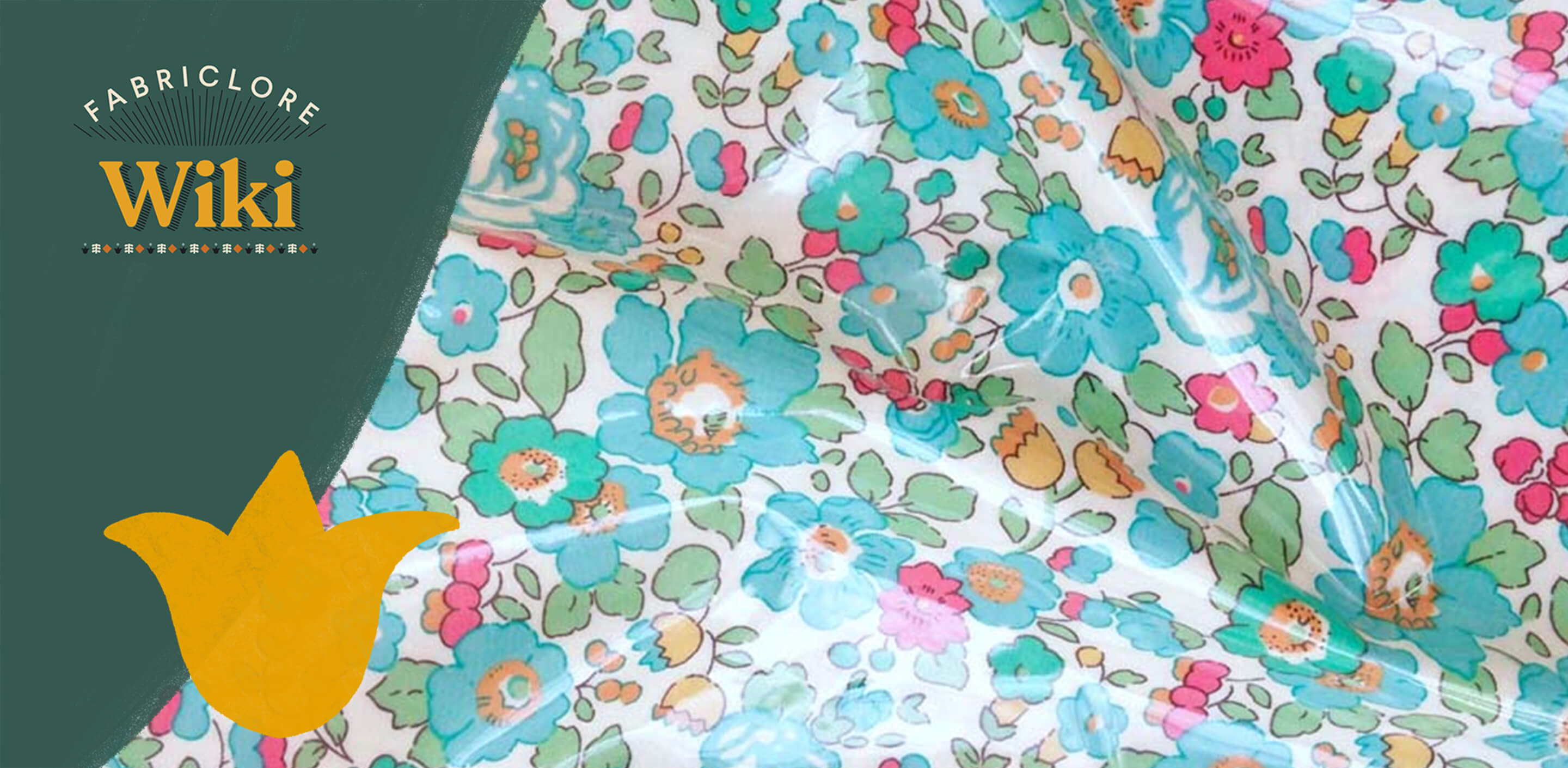What is Faux Fur?
- The term "fur fabric" refers to the fabric produced from animals with long hair.
- Mink animals provide the majority of the fur that is harvested. In addition, fur is obtained from a wide variety of animal species, such as rabbits and muskrats.
- Fabrics created with faux fur are often referred to as fake fur, mock fur, or artificial fur.
- In contrast to real fur, these textiles, which may be derived from animals such as mink, beaver, weasel, rabbit, or fox, are constructed of synthetic fibres and completely devoid of animal cruelty.
- Because fake fur is designed to appear and feel like genuine fur, it may be classified according to the many kinds of animal fur it most closely resembles.
- Luxury faux fur materials include imitation mink, chinchilla, sable, lynx, beaver, ermine, marten, and leopard.
- Each fur fabric has its own unique pile, which may differ in terms of length and degree of softness. When cutting and stitching your fake fur, it is extremely necessary to follow the nap. The nap refers to the direction in which the pile is leaning, and it is crucial to follow the nap.
- Long pile fake fur, medium pile faux fur, and short pile faux fur, often referred to as low pile, are all part of the assortment now offered on the market.

History
- About 170,000 years ago, humans were the first known to have worn garments fashioned from the pelts and furs of various animals. Since that time, clothes and accessories made of fur have evolved into a status symbol that is associated with money, luxury, and high fashion.
- Luxury furs from Europe were produced in the 11th century. Instead of being worn just for the purpose of keeping warm, fur has been used since as early as the 11th century as a representation of riches and social rank.
- Mink, sable, and chinchilla fur were popular choices for the luxurious coats, capes, and other fur accessories that were worn by the European aristocracy.
- By the 1300s, rules had been passed that specified which social groups were permitted to wear specific sorts of furs. These laws also specified the types of furs that might be worn.
- A Popularity Contest Won by Fur During the time of the Victorians, In the 1870s, fur farms were set up in the United States because the fashion industry wanted more and more expensive furs.
- Men in the Victorian era were known for wearing fur coats, which often had a fur lining on the inside and were constructed of different fabrics on the exterior. In most cases, the collar, the wrists, and the hem of women's fur coats were lined with fur as well.
- The use of high-end furs in films has contributed to the continued rise in popularity of fur jackets and fur accessories.
- In the 1950s, fur became more accessible to the general public as well as more casual. By the 1950s, the majority of movie stars could be seen wearing expensive furs in both the films they appeared in and in their personal lives.
- At the same time as the price of fur began to rise, fashion designers started producing more laid-back designs with the material. The length of fur coats shortened, and it became more socially acceptable to wear fur during the day.
- By the 1960s, fur was more accessible to the average consumer than it had ever been before, and fashion designers even started creating imitation fur coats and other accessories.

What Makes it Stand Out
|
Texture |
The texture of the fabric is soft, and furry. |
|
Shine |
It has a subtle sheen, which makes it more attractive than any other fabric. |
|
Sheer |
Faux fur is opaque with being durable and warmer. |
Applications & Usage
|
Jackets, vest, coats, etc. |
|
|
Mats, Pillow covers, rugs, blankets, etc. |
|
|
Accessories |
Shoes, purses, shawls, etc. |
How to Judge the Authenticity
- Be sure to inspect the backing to ensure you're getting a fabric that is 100 percent faux fur. If you split the fur apart with your fingertips, you can see the fabric backing below.
- Inspect the fiber ends closely. In contrast to the sharp tips of natural fur hairs, the synthetic ones are rounded since they are machine cut.
- The burning test involves taking a small sample and burning it on a fireproof surface (such as a stone, ceramic tile, or thick metal bar).
- Check out the odor and the ash and see if you can stand it. The fur is real, even though it looks like charred hair. The fur was likely made of acrylic, cotton, linen, or rayon if it smelled like melted plastic or paper.
- Drive a pin into the dirt. If the metal pin slides easily between the fibers, you're looking at fake fur, which has a synthetic foundation and hence smooth, elastic fibers.
- Nonetheless, if you have to exert considerable force on the pin, you can be certain that the leather construction is a telltale indication of the use of genuine fur. Lighter weight is a less predictable but nonetheless typical characteristic of fake fur textiles.
Care Instructions
- The best method for cleaning fake fur is to wash it by hand using a mild detergent.
- Put the fake fur in the washing machine with the detergent. For 10 to 15 minutes, agitate the fur in the water.
- Don't get all worked up and wring your hands over it.
- Drain and rinse, then roll up in a towel to remove excess moisture.
- Drizzle dry. Never dry fake fur at high heat. Faux fur strands may fuse together and mat if exposed to high temperatures.
- Use a brush with gentle bristles to gently untangle any mats in the fur.

We also happen to be a magnet for suggestions, and would love to catch yours….throw us yours on hello@fabriclore.com





